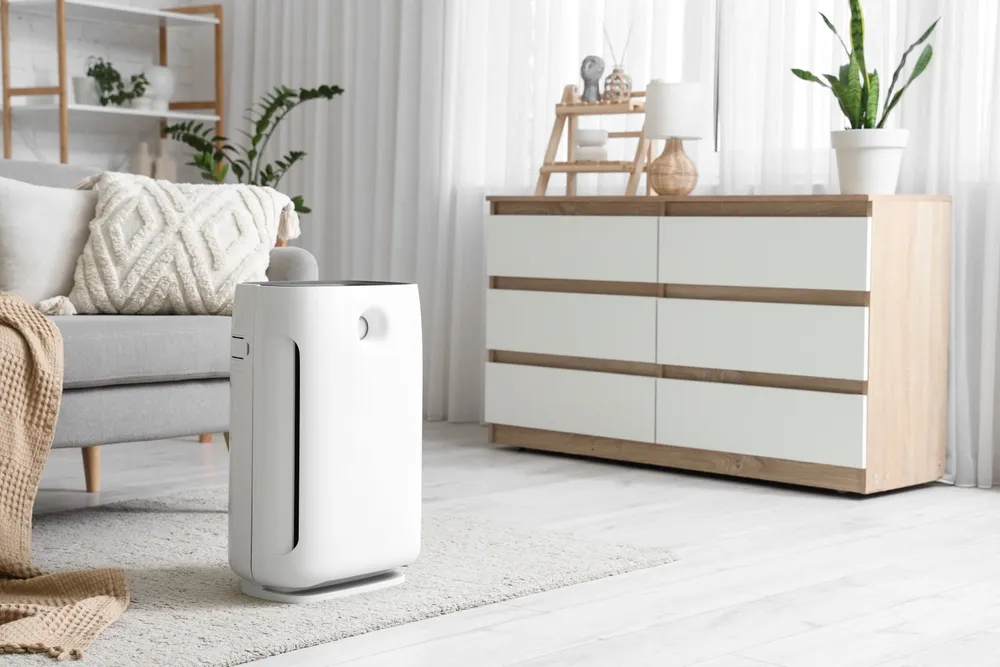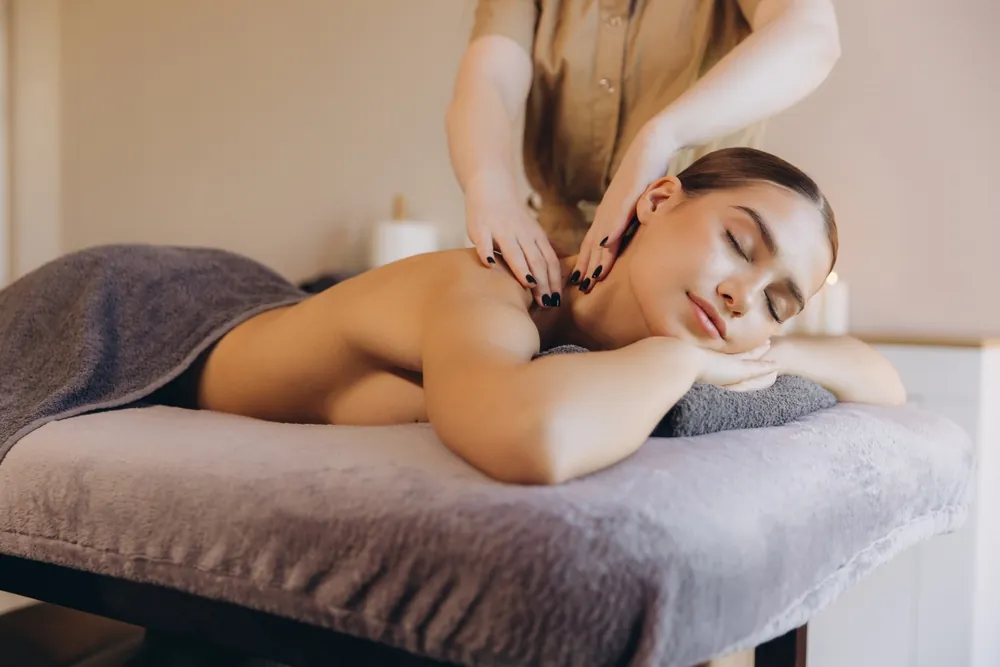Relaxation is not about switching off completely. It is about creating moments of calm where your body and mind feel settled. When stress builds up, even a few minutes of focused stillness can make a difference.
This guide will help you understand how to do relaxation techniques in a way that feels natural and manageable. You will find simple methods you can practise at your own pace. Each one offers a gentle way to reduce tension, support your wellbeing, and feel more present in daily life.
Let us begin by looking at what true relaxation feels like.
What Relaxation Really Feels Like
Relaxation is not just the absence of stress. It is a state where your body feels light, your thoughts become clearer, and your breathing slows down. Your muscles loosen, your heartbeat steadies, and your focus gently shifts from worry to calm.
You might feel a quiet sense of ease or even a subtle lift in mood. For some, it brings clarity. For others, it simply creates a pause from constant pressure. Everyone experiences it slightly differently, but the common thread is a feeling of safety and balance.
Recognising what relaxation feels like can help you notice when it happens and guide you towards techniques that work best for your needs.
Finding the Right Relaxation Technique for You
There is no single way to relax that suits everyone. Some people prefer stillness and quiet, while others feel more at ease through movement or sensory experiences. Choosing a technique that feels natural makes it easier to build into your routine.
Start by considering how you respond to different forms of calm. Do you enjoy focusing on your breath? Are you more aware of how your body feels? Does music, scent or physical touch help you unwind?
You might also think about when you need relaxation the most. Is it during a busy workday, just before sleep, or after exercise? Matching the method to the moment can make it more effective.
Try one or two techniques to begin with. Notice how your body and mind respond. With a little exploration, you will find the practices that bring the most comfort and ease.
How to Do Relaxation Techniques: 8 Calming Methods to Try
Everyone relaxes differently, and the following techniques offer a variety of ways to find calm. These methods can be practised at home, in the office, or wherever you feel the need to pause and reset. If you are exploring how to do relaxation techniques for the first time, start with one or two that feel most accessible.
1. Mindful Breathing
Sit or lie down comfortably and bring your attention to your breath. Inhale slowly through your nose, feeling your lungs expand. Exhale gently through your mouth. Try to keep your focus on the rhythm of your breathing.
If your mind wanders, gently guide it back to your breath without frustration. Many people find it helpful to count the breaths or follow a simple rhythm like 4‑7‑8: inhale for four counts, hold for seven, exhale for eight. This small practice can shift your body into a more relaxed state and create a space of stillness within minutes.
2. Guided Body Scan
This technique helps you notice and release tension held in the body. Start at the top of your head and slowly bring your awareness down through your body, one area at a time.
Notice how each part feels, whether tight, soft, warm or tired, and allow it to soften as you go. You can do this lying down or seated, and many guided audio versions are available online. For beginners learning how to do relaxation techniques, this is one of the most grounding methods to begin with.
3. Everyday Mindfulness

You do not need to set aside special time to be mindful. Simple, everyday activities like brushing your teeth, sipping a warm drink or walking outside can become moments of calm.
The key is to stay fully present. Focus on your senses, what you see, hear, smell, or feel. Let your thoughts pass without judgement. This technique is especially useful when you want to stay relaxed without stepping away from your responsibilities.
4. Taste and Scent Pause
Focusing on your senses is a grounding way to relax. Slowly savour a piece of fruit, herbal tea, or a favourite snack. Breathe in a calming scent such as lavender or eucalyptus.
This method brings you into the present and helps shift your attention from worry to sensory comfort. If you are still learning how to do relaxation techniques in a practical way, sensory-based methods can be a gentle place to start.
5. Gentle Movement and Yoga
Slow stretches or beginner-friendly yoga can help release physical tension. You do not need to be flexible or experienced. Movements like shoulder rolls, gentle side bends, or seated forward folds can open up tight areas and encourage stillness of mind.
Pairing breath with movement deepens the calming effect. Consider a short evening routine to help your body wind down after a busy day.
6. Massage and Self-Massage
Touch is a powerful way to relax. A short self-massage, such as pressing into your shoulders, gently rubbing your temples, or rolling a massage ball under your feet, can relieve tension.
Using a massage tool or a chair offers even deeper benefits. These devices allow you to relax fully without effort, helping you stay consistent in your practice even when you feel drained.
7. Progressive Muscle Relaxation
This method involves tightening and then relaxing muscle groups, one by one. Start with your toes, hold the tension for a few seconds, then release. Move upwards through your legs, stomach, hands, arms and face.
This contrast between tightness and softness trains the body to let go more fully. It is particularly effective before sleep or after intense mental focus.
8. Sound and Visualisation
Close your eyes and imagine a calming place, such as a quiet beach or forest. Picture the scene with as much detail as possible, the colours, textures, and sounds.
Play soft background music or natural sounds like rainfall or ocean waves to enhance the experience. Visualisation works well for people who struggle to quiet the mind and need a focus to anchor their attention.
How Relaxation Techniques Support Everyday Life

Relaxation techniques offer both immediate relief and long-term support. When practised regularly, they help reduce stress, lower blood pressure, ease muscle tension, and improve sleep. Mentally, they create space for clearer thinking, better focus, and emotional steadiness.
These benefits become more noticeable when relaxation becomes part of your daily routine. You do not need long sessions or a complete lifestyle change. Small moments can make a real difference.
Try adding a short breathing exercise before starting work or a quiet body scan at the end of the day. A few minutes with a massage chair in the evening can also act as a signal for your body to unwind. Keeping calming elements such as scented oils or a warm drink within reach can help you pause without much effort.
The goal is not perfection but consistency. With regular practice, these gentle habits can quietly shape a more balanced and resilient way of living.
Managing Stressful Situations with Relaxation Techniques
Stressful moments often arrive without warning. Whether it is a difficult conversation, a deadline, or a sudden change in routine, your body can quickly shift into a state of tension. Learning to respond with calm rather than panic takes practice, and relaxation techniques can help guide that response.
Start by noticing your early signs of stress. This might be a faster heartbeat, shallow breathing, or tightness in the shoulders. When you become aware of these signals, it becomes easier to intervene.
In these moments, focus on something simple. Slow breathing is often the most accessible. Try inhaling for a count of four, holding for four, then exhaling slowly. You might also press your feet gently into the ground, roll your shoulders back, or visualise a calm place.
The goal is not to remove the stress instantly but to steady yourself enough to think clearly. Over time, these responses become more natural. You will still face challenges, but you may feel more capable of handling them with clarity and care.
Start Practising Relaxation at Your Own Pace
Relaxation is not a skill you need to master quickly. It is something you build through small, repeated moments of calm. The most effective methods are the ones that suit you best. This could be a few deep breaths, a short stretch, or a quiet pause with your eyes closed.
Learning how to do relaxation techniques gives you the tools to manage stress more calmly. You do not need a perfect setting or a long break to begin. Even one focused breath can change how you feel in the moment.
At OSIM, we believe relaxation should be part of daily life. Our wellness products are designed to support your routine by bringing comfort and calm when you need it most. From massage chairs to portable tools, each product is made to help you feel better, both physically and mentally.
Locate the nearest store and begin your relaxation journey with OSIM’s wellness collection.




